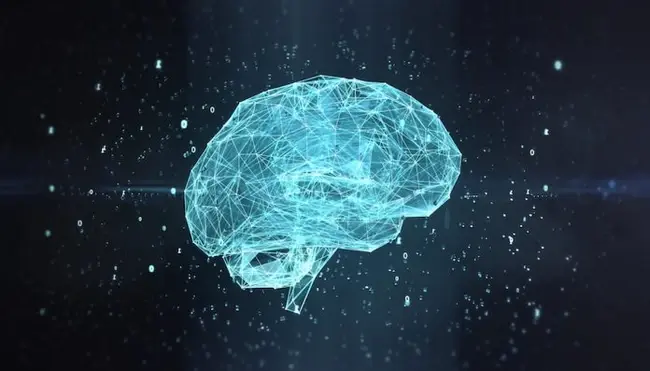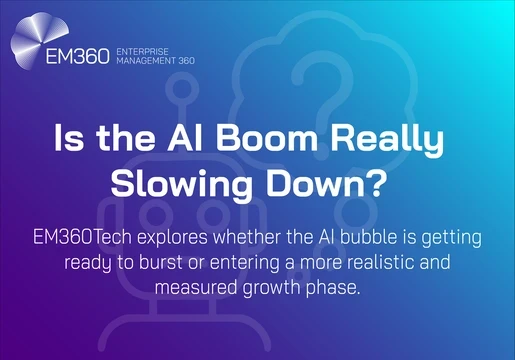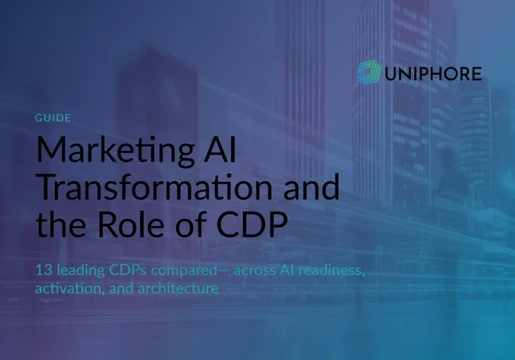According to Forrester, Robotic Process Automation (RPA) will "permeate all corners of the enterprise" going forward. Meanwhile, 68% of enterprises are reportedly investing in AI as part of their digital transformation strategy this year. Nevertheless, Deloitte suggests that investments in RPA require AI to deliver value at scale. Indeed, software company UiPath has developed UiPath AI Fabric in order to bridge the gap between AI and RPA.

Why converge AI and RPA?
According to Deloitte's Global RPA Survey, more organisations are now adopting RPA in order to enhance their digital transformation journey. While RPA is evidently a significant element of this process, AI also opens up a range of opportunities for innovative companies. Simplification Lead at UBS Investment Bank Karolina Mikolajow has previously commented on the importance of using RPA in conjunction with AI. “By using RPA on top of the processes we can harvest much more information and data than through traditional methods,” she asserted. “This opens up new opportunities like leveraging that information for cognitive and AI type of technologies," Mikolajow added. "As we scale up and more data becomes available, this link will be stronger and stronger."
Convergence challenges
According to UiPath customers, there are three main barriers preventing RPA and AI from operating together seamlessly. First and foremost, the Robotic Operations Centre (ROC) and data science teams usually work independently as silos with "different skill sets, focus, and business priorities." In terms of technology, RPA developers and data scientists also use different tools, pipelines and technologies. While RPA developers use an RPA platform, data scientists utilise dedicated AI/ML modelling tools.
Delivering intelligent automation
With UiPath AI Fabric, however, enterprises can break down the barriers between RPA and data science teams. As a result, this instantly applies "the limitless cognitive power of AI to any software currently being automated by RPA." For example, the seamless drag and drop interface allows users to deploy AI models into an RPA workflow in mere seconds. Moreover, customers can operationalise AI models developed by UiPath or use custom models built by internal data science teams. In addition, the tool provides end-to-end visibility of model versioning and updates. UiPath AI Fabric also analyses model performance and impact, while closing the RPA/AI data feedback loop to "enable continuous improvement of AI models over time."
Want to learn more? Check out Episode 2 of Tech Chat, in which we explore Data Protection Strategies and RPA







Comments ( 0 )